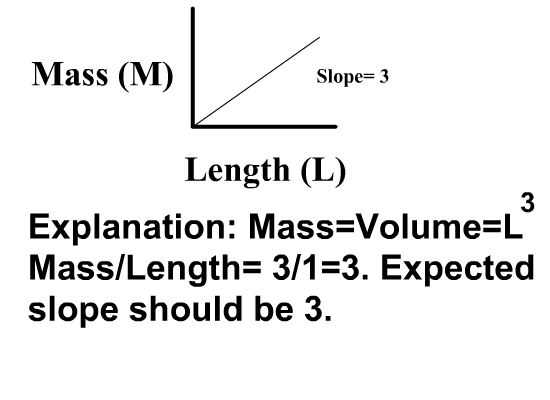|
Herennia Multipuncta
''Herennia multipuncta'', commonly known as the ornamental tree trunk spider, is a species of spider in the family Araneidae native to Asia. It exhibits sexual dimorphism, the female being much larger than the male. It weaves a small web on the trunk of a tree or the wall of a building and is well camouflaged by its dappled colouration. Description The female has a hairy cephalothorax that is narrow in front and longer than it is wide. It is reddish-brown with a yellowish, U-shaped patch near the front and darker markings further back. The mouthparts are yellowish-brown and the long, slender, hairy and spiny legs are mostly brown. The abdomen has a flattened, pale grey dorsal surface with five pairs of sigilla (puncture-like spots where muscles are attached internally), numerous grey specks and a few dark streaks near the back. The male is reddish-brown with dark legs. His body length at is about half that of the female at . This spider rests head-downwards on the web with its ... [...More Info...] [...Related Items...] OR: [Wikipedia] [Google] [Baidu] |
Carl Ludwig Doleschall
Carl Ludwig Doleschall ( hu, Doleschall Lajos; sk, Karol Ľudovít Doležal; born 15 July 1827 – died 26 February 1859) was born in Vág-Újhely, Kingdom of Hungary, Austrian Empire (now Nové Mesto nad Váhom, Slovakia), as the son of the theologian Michael Doleschall, and died in Ambon Island, Moluccas, Dutch East Indies (today in Indonesia) only 31 years old. His name is sometimes also written as "Doleschal". He studied medicine at the University of Vienna and became a military surgeon for the Dutch army, stationed in Java in 1853. He studied invertebrates and plants extensively, and described many arachnids and insects, notably diptera. In 1852, he published the work ''Systematisches Verzeichniß der im Kaiserthum Österreich vorkommenden Spinnen''. He spent the last half of his life mostly in the island of Ambon. He was visited by the British naturalist Alfred Russel Wallace in 1857. Shortly after Wallace left, he died of consumption on 26 February 1859. After his death hi ... [...More Info...] [...Related Items...] OR: [Wikipedia] [Google] [Baidu] |
Allometry
Allometry is the study of the relationship of body size to shape, anatomy, physiology and finally behaviour, first outlined by Otto Snell in 1892, by D'Arcy Thompson in 1917 in ''On Growth and Form'' and by Julian Huxley in 1932. Overview Allometry is a well-known study, particularly in statistical shape analysis for its theoretical developments, as well as in biology for practical applications to the differential growth rates of the parts of a living organism's body. One application is in the study of various insect species (e.g., Hercules beetles), where a small change in overall body size can lead to an enormous and disproportionate increase in the dimensions of appendages such as legs, antennae, or horns The relationship between the two measured quantities is often expressed as a power law equation (Allometric equation) which expresses a remarkable scale symmetry: : y = kx^a \,\! or in a logarithmic form: : \log y = a \log x + \log k\,\! or similarly \ln y = a \ln x ... [...More Info...] [...Related Items...] OR: [Wikipedia] [Google] [Baidu] |
Spiders Described In 1859
Spiders (order Araneae) are air-breathing arthropods that have eight legs, chelicerae with fangs generally able to inject venom, and spinnerets that extrude silk. They are the largest order of arachnids and rank seventh in total species diversity among all orders of organisms. Spiders are found worldwide on every continent except for Antarctica, and have become established in nearly every land habitat. , 50,356 spider species in 132 families have been recorded by taxonomists. However, there has been debate among scientists about how families should be classified, with over 20 different classifications proposed since 1900. Anatomically, spiders (as with all arachnids) differ from other arthropods in that the usual body segments are fused into two tagmata, the cephalothorax or prosoma, and the opisthosoma, or abdomen, and joined by a small, cylindrical pedicel, however, as there is currently neither paleontological nor embryological evidence that spiders ever had a separate th ... [...More Info...] [...Related Items...] OR: [Wikipedia] [Google] [Baidu] |
